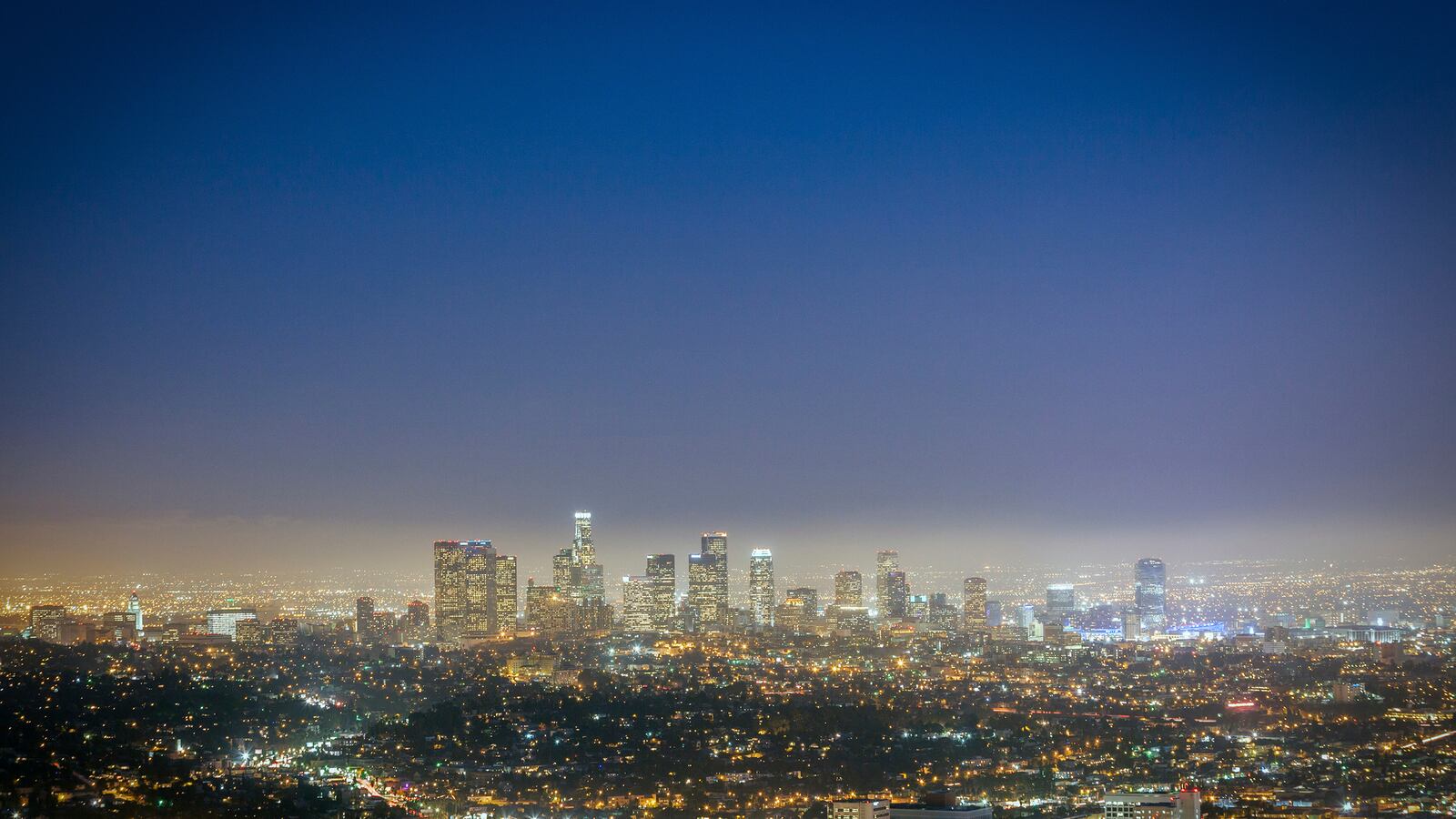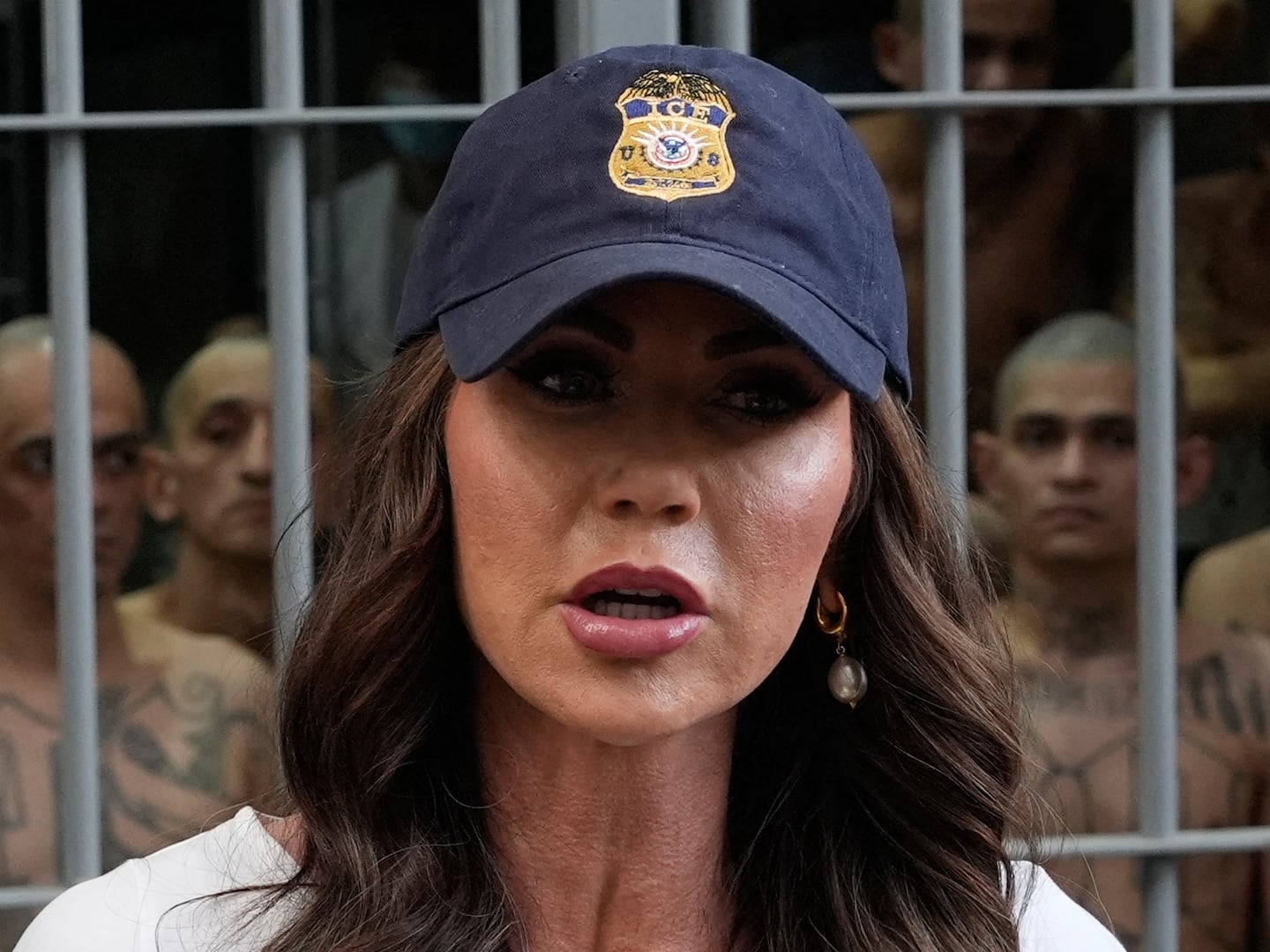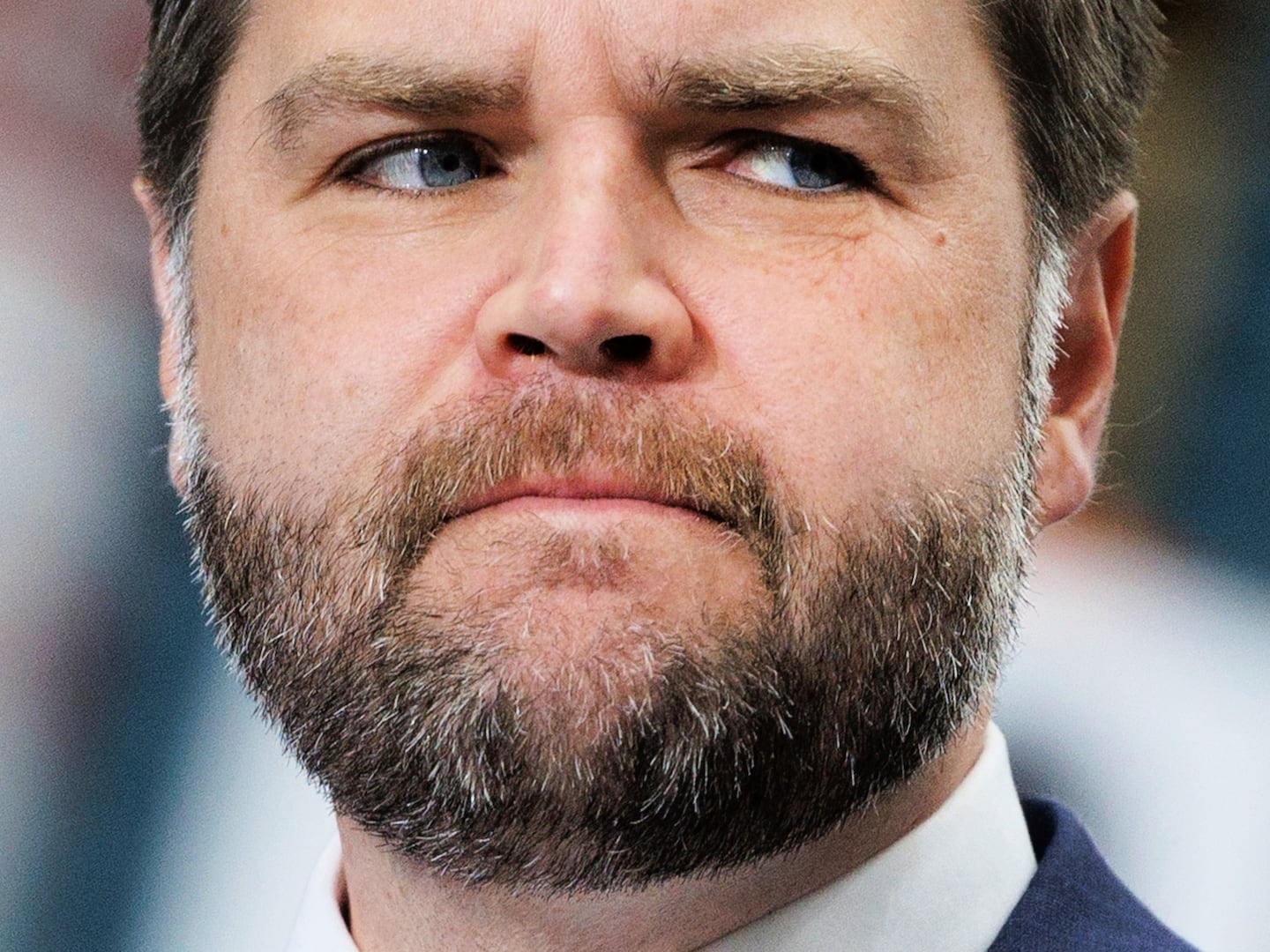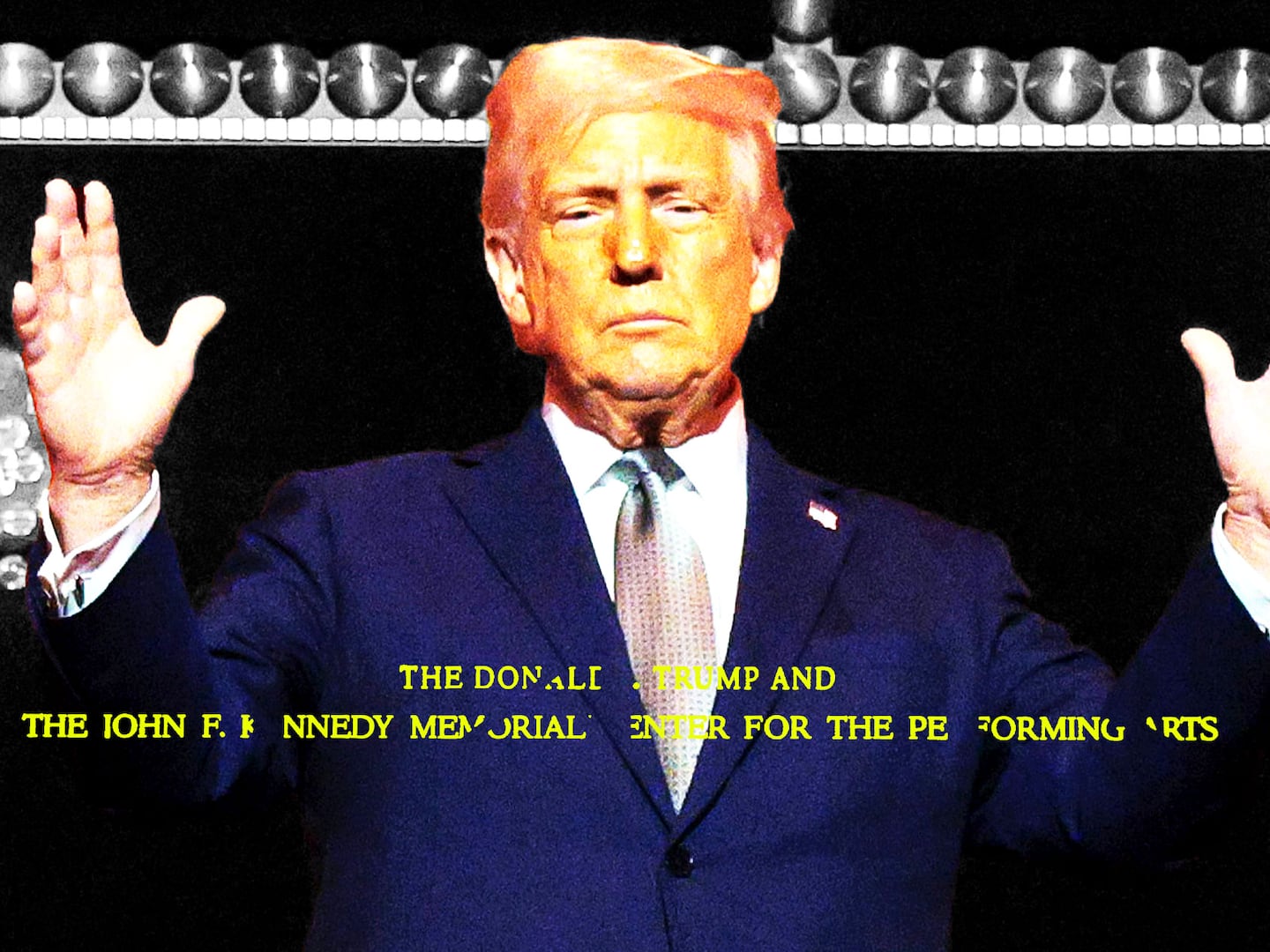Not so terribly long ago, people everywhere experienced nights so black that even the Milky Way could cast shadows on the earth. According to some estimates, around 80 percent of people now live under night skies so polluted by artificial light that they’ve never seen the Milky Way at all.
As with many aspects of modern life, light pollution represents both a triumph of technology and a minor disaster. Along with increased safety, convenience and economic benefits, an artificially lit world brings heath problems, environmental degradation and another layer of inefficient energy consumption. It also disrupts a fundamental relationship that has evolved between humans and the natural world. Far from the province just of goblins and bandits, historians such as A. Roger Ekrich have noted how darkness influenced cultural and social practices. The territory of intimacy and imagination, night can also carve out a refuge from the never-ending responsibilities of the day.

This notion, that night is an integral, and profound, part of the human experience, not merely a few inconvenient hours away from the sun, underpins author Paul Bogard’s impassioned defense The End of Night: Searching for Darkness in an Age of Artificial Light.
In the book, Bogard, who teaches creative nonfiction and environmental writing at James Madison University, and often lectures on the subject of light pollution, charts a geography of night across Western Europe and North America in which the majority of their residents under 40 have been raised in a world without “real night.” For Bogard, who spent his childhood summers in the dark nights at the edge of a Minnesota lake, the pace at which we’re relighting the world has pushed us to the cusp of an incalculable loss. Unchecked, the damage renders our world not just poorer, but also smaller. Throughout human history, for instance, the night sky has offered a taste of transcendence with its awe-inspiring beauty. “And in this beauty,” Bogard writes in the introduction to The End of Night, “the overwhelming size of the universe has seemed less ominous, Earth’s own beauty more incredible. If indeed the numbers and distances of the night sky are so large that they become nearly meaningless, then let us find the meaning under our feet.”
In the edited conversation below, the author discusses the dangers of staying up late with your iPad and the $2.2 billion we could recoup overnight.
A PBS piece on light pollution talks about how, after a huge power outage struck LA in the 1990s, Angelenos were reportedly so freaked out by the appearance of “strange clouds” hovering overhead that they called 911—evidently that was the first time most of them had ever gotten a glimpse of the Milky Way. At this point, what relationship do you think most modern Americans have to the night sky?
I remember recently being in Times Square, and there was so much light that it just felt like we were in a domed stadium almost, looking up at something totally artificial above us. That is obviously the extreme of the situation, but I think that when most Americans are living now in cities and suburbs where they’re getting anywhere from two dozen to four dozen stars instead of 2,500, which is the number you could see on a normal night with no light pollution, it’s almost like why bother? Why have a relationship? I don’t know if most people even look up and notice the stars. And certainly way, way back, when a night sky was something that would tell you stories about your life, we’re way beyond that.
I have very good friends in New Mexico, and I was just out at one of the pueblos there, like an hour from Albuquerque. I said to our guide, it must be amazing here at night, and he said, yeah it is, and I asked, do you have stories associated with the constellations for example? He said, yeah, we have a whole mythology filled with stories about how to live and what a good life is and all that. Human culture in America is totally disconnected from that now.
Your book incorporates a number of literary quotes, as well as references to artists and thinkers like Van Gogh and Thoreau. You seem to be drawing an implicit connection between darkness and the creative impulse.
I was just working on an essay where I was talking about the intangible value of darkness. At least a significant part of its value is these intangibles, like we were just talking in terms of mythology and metaphorical darkness, and I wrote something like, “Darkness is always a part of creation, every artist knows that.” Every artist has had that experience where you’re just like, oh my god, I don’t know what to do next, what’s the next line? What should I paint here? That’s that darkness. It’s not being able to see; it’s not obvious; it’s not lit up.

In regards to the more tangible issues, then, among environmental issues, where would you rank light pollution?
As I say in a number of places in the book, it would be one thing if all this light were doing good, making us safer, and contributing in some positive way. But the fact is that, while some of the light we use does that, so much of it … all the light you can see from space in those beautiful photographs, that’s all wasted light. It’s having an impact on all these creatures from birds to turtles to insects that can’t do anything about it. They’re at our mercy. One of the things I love about working with light pollution is it’s an environmental problem we can totally take care of.
We’re not going do away with light because light at night is amazing. It’s a miracle, and people wouldn’t stand for not having light anyway. But there are so many things we could do to control it and contain it and to use it intelligently, that I like working with an issue that there’s steps we can take, starting immediately, to address this problem.
A piece in National Geographic characterized light pollution as likely the easiest pollution problem to solve. Still, it’s not a large part of the wider discourse about environmental issues.
It isn’t. I haven’t run into this a lot personally, but I’ve heard some of the folks I’ve interviewed say they’d talk to, quote unquote, professional environmentalists who would poo-poo light pollution. So many people I talk to want to do something, and they want some sense of good news and some sense of progress, and that we can make a difference. We can absolutely do that with light pollution, and light pollution is completely tied to our use of energy and our waste of energy. So even if the actual dollar numbers don’t compare with some of these other issues, we use way more than we actually need to. Let’s just become aware of that and do something about it.
The number you quote is $2.2 billion spent annually in the U.S. alone in conjunction with lighting at night.
The thing about that, too, is, as with everything, where do you stop adding numbers to that $2.2 billion? Should we start adding the numbers from health expenses for people are experiencing physical problems from working at night? Or the environmental problems? And also, when you add in the amount of inside lighting being used, those numbers skyrocket. That $2.2 billion number is specifically in terms of outside light alone.
Speaking of health expenses, you write in the book that nightshift work has been classified as a possible carcinogen by the World Health Organization.
Yeah, it’s a probable carcinogen now. Folks that I talked to at Harvard who are working on sleep and that kind of thing, said basically the only reason it’s not categorized as a “class one”—I think is the distinction for the level above probable, a for-sure carcinogen—is that there is really no way to do a test. We can’t group people and say, okay, you guys are going to work all night, and that kind of thing. But they say basically that everything indicates that working at night will give you cancer if you do it long enough.
The connection you’re speaking of is particularly to hormone-related cancers?
That’s seems to be where they’ve made the strongest link. The first one, and I think the most dramatic one, is breast cancer. They first started studying nurses who were working over night. They’ve found a link with prostate cancer as well, so it seems to be a link with the hormonal cancers.
Honestly, the biggest health concern is sleep. Steven Lockley at Harvard, I think he says this in the book, says short sleep—that is, not enough sleep—is linked to every major disease that we know about: obesity, diabetes, cancer, and on down the line. And he thinks we are in our understanding with regards to sleep where we were with our understanding of cigarette smoke in the ’50s.
The connection with light pollution is: short sleep is so often connected with long light, so either people working during the night or staring at their iPads until they turn out the light, or sleeping with the light. We are so saturated with light. Where we are right now is, we’re trying to figure out what level of light effects you while you’re sleeping. So the light coming in from your window from the street or your neighbor, is that enough? Or the light coming in under your door from your roommate, is that enough? What does it take? We don’t know, so sleep in the dark.
In less than a lifetime, Las Vegas went from extremely dark nights to being home of the brightest spot on earth. We’ve been relighting the world at a staggering pace.
Staggering is a great word for it. When I speak about these things to an audience, it’s always those we would think of as senior citizens who come up to me afterwards and say, “when I was younger I used to ride out into the pasture on my horse and just lie on my back and look up at the stars.” They’d have these first hand experiences with real darkness. It’s almost never people younger than 35 or 40 who say that, because they’ve grown up with light. They have no idea of anything different.
[Fabio Falchi, president of Italian advocacy organization CieloBuio, or DarkSky,] I thought he explained this really well. He said, “light pollution has grown and continues to grow very rapidly, but just slowly enough that we don’t notice.” One of the statistics I use a lot is that gas stations and parking lots, which are a huge part of the problem, are lit now ten times as brightly as they were just twenty years ago. That’s really not that long ago. But again, it’s just long enough that most people don’t really notice.
I was struck by the fact that one of the experts you cite said that there is actually a quantifiable number of stars that a person needs to be able to see in a night sky in order to evoke that sense of connection to the past and the universe at large.
That’s Bob Berman, a really popular astronomy writer. He uses the number 450, and he talks about, on a clear dark night the human eye should be able to see about 2500 individual stars, not to mention the billions of stars in the Milky Way. For most of us who see, as I was saying earlier, at most two dozen to four dozen stars over where we live, that’s just not enough to cause any sort of awe or that primal reaction, where you’re mouth just falls open, and you just think, oh my god.
To know that every star you see in the night sky is part of our galaxy, and that beyond our galaxy, the current estimate is that there are several hundred billion galaxies—it hurts my head to even think about it. But I think understanding that could help us realize how very special what we do have here is, and how large and important we as humans are in terms of our impact on creation here and our responsibility to take care of it. To go all the way back to where we started, if you look up at the night sky and you have no relationship to it or you look up and there are seven stars—if your sky looks like that, you might start to think, we’re the shit, human beings are the thing. And I just think that’s a real loss.
This interview has been edited and condensed.






